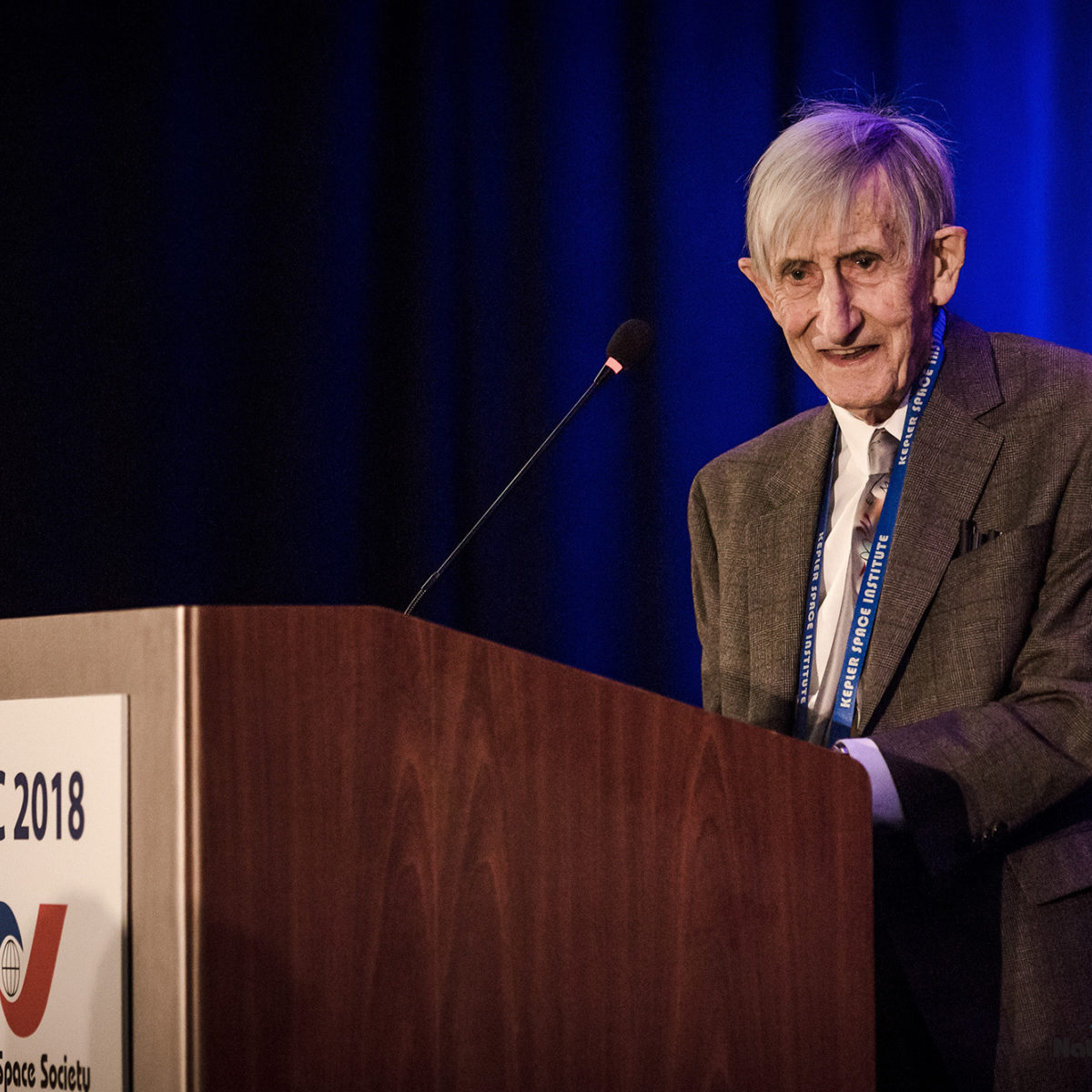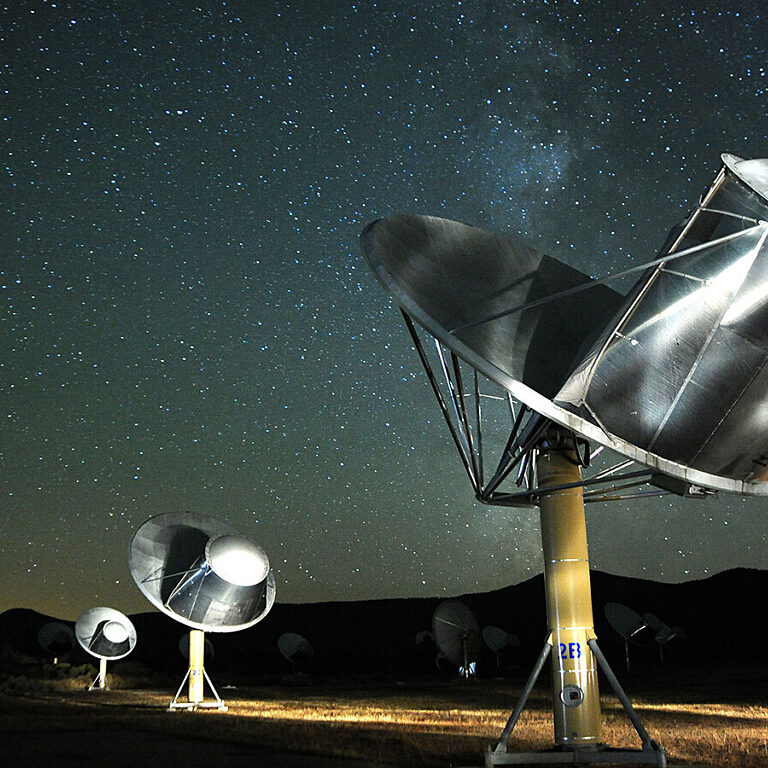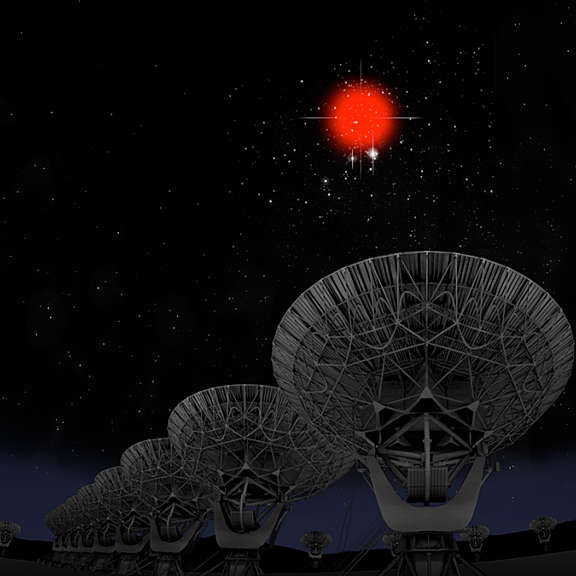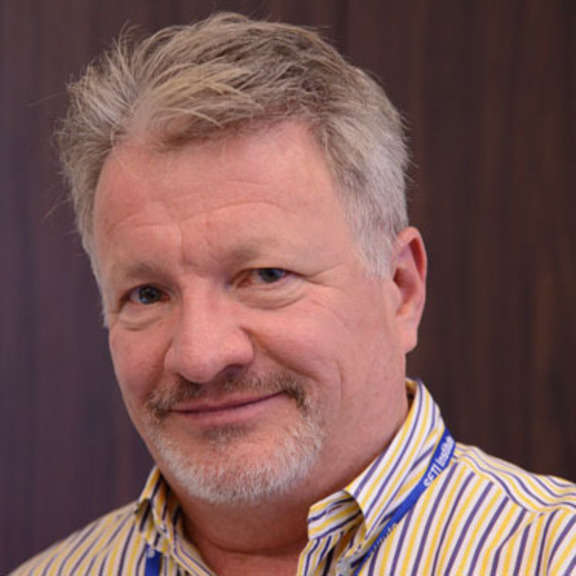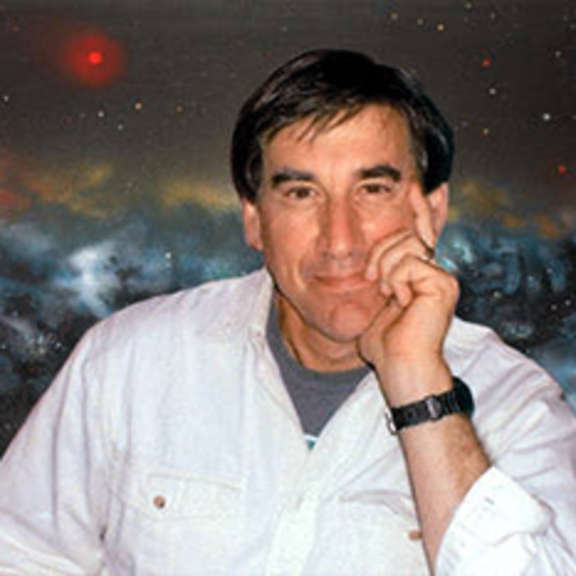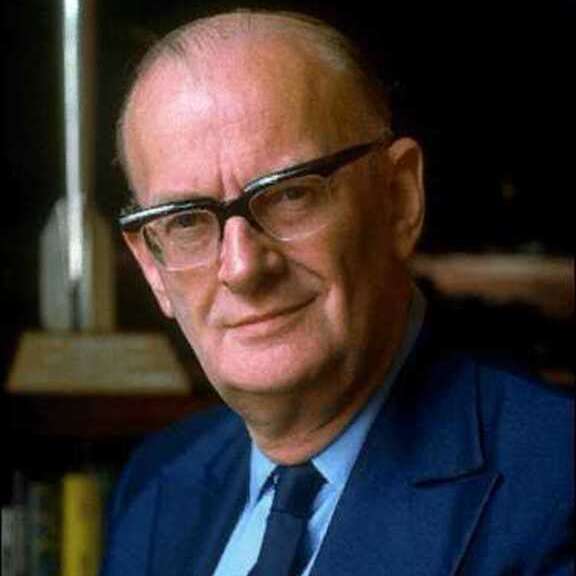Since 2002, Planetary Radio has visited with a scientist, engineer, project manager, advocate, or writer who provides a unique perspective on the quest for knowledge about our Solar System and beyond. The full show archive is available for free.
Search Planetary Radio
Would meeting an extraterrestrial civilization be good or bad for humanity? Astronomer Dr. Jacob Haqq Misra argues that knowing the outcome in advance is fundamentally impossible.
A new volunteer SETI science project to search for alien technosignatures has launched! Two of its creators tell you how to sign up.
Join Mat Kaplan and Planetary Society colleagues in Florida for the first attempt to launch the Space Launch System rocket on a mission to the Moon.
The Planetary Society’s new Science and Technology Empowered by the Public (STEP) grant program will let citizens join the search for ET and enable astronomers to discover the nature of hundreds of near-Earth asteroids.
Astrobiology is the discipline that explores the origin of life in the universe, and whether life exists anywhere other than Earth. It’s an increasingly exciting field according to University of Washington Research Associate Michael Wong. Mike reviews the current thinking and provides some of the chemical basis for life as we know it, and possibly as we don’t know it.
Pluto passed in front of a star on the evening of August 14. Mat Kaplan joined pro and amateur astronomers on a mountain to observe this rare event. It may reveal more about the dwarf planet’s tenuous atmosphere and other properties.
There’s so much more to Freeman Dyson than the Dyson Sphere. The mathematician, physicist, futurist and author is one of the greatest and most original minds of our era.
Where is everybody? That was the question physicist Enrico Fermi asked when he wondered why we hadn’t yet met ET. What will happen if we do? Will humans lose the will to explore?
Are we alone? The nearly sixty-year effort to answer that question has gotten a big boost from the Breakthrough Initiatives, funded by Yuri Milner and led by former NASA Ames Research Center director Pete Worden, who is our guest this week.
The SETI Institute is about much more than the Search for Extraterrestrial Intelligence. President and CEO Bill Diamond of the Institute explains.
We follow last week’s conversation with Ann Druyan about the $100 million funding of the Search for Extraterrestrial Intelligence by visiting with two of the scientists who will do the work: Dan Werthimer of UC Berkeley and Karen O’Neil of the Green Bank Telescope.
The Breakthrough Initiatives will pump $100 million into the Search for Extraterrestrial Intelligence in the next 10 years, vastly expanding humanity’s quest to learn if it has company in the universe. Among the leaders of this brave new project is Cosmos creator Ann Druyan. Join us for a special, extended conversation with Ann.
A burst of laser light could let humanity know it is not alone in the universe. Harvard’s Paul Horowitz and Curtis Mead will give us an update on the technological wonder of Optical SETI that watches the entire sky for billionth of a second pulses from the stars.
Juno Principal Investigator Scott Bolton reviews the spacecraft's Earth flyby and previews its long stay at our solar system's king of planets.
Carl Sagan’s longtime artistic collaborator, Jon Lomberg, designed the cover for the Voyager Interstellar Record. Now he wants to upload another message from Earth to New Horizons, the spacecraft on its way to Pluto.
“Starship Century—Toward the Grandest Horizon” is the new collection of fact and fiction assembled by Gregory and James Benford. The brothers are among the leaders of a renaissance in research and thinking about interstellar travel. They have returned to Planetary Radio to talk about this story of human destiny among the stars.
UC Berkeley SETI researcher Andrew Siemion and his colleagues have put an upper limit on the number of civilizations in our galaxy that are capable of giving us a call. He’ll explain their reasoning and provide other search updates.
Planetary Society experts review the challenges and triumphs of 2012 and look forward to a new and exciting year. You’ll hear Bill Nye the Science Guy, Emily Lakdawalla on new missions, Casey Dreier on “Saving our Science,” and Bruce Betts’ review of great projects, as well as a musical rendition of “Random Space Fact.”
The Director of the Center for SETI Research is thrilled to have the Allen Telescope Array back in the hunt for extraterrestrial intelligence. She also tells us about SETILive.
A Visit With Sir Arthur C. Clarke


 Explore Worlds
Explore Worlds Find Life
Find Life Defend Earth
Defend Earth







